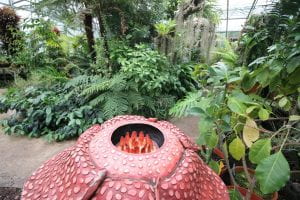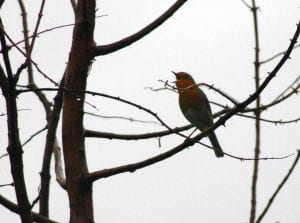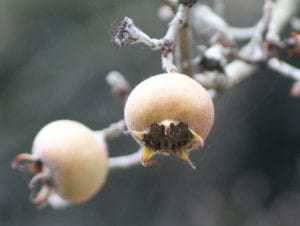By Andy Winfield
 This week we held a workshop for students about how you can get a little more from supermarket food and scraps; this provoked so much interest from staff and volunteers that I decided to write a blog detailing the workshop.
This week we held a workshop for students about how you can get a little more from supermarket food and scraps; this provoked so much interest from staff and volunteers that I decided to write a blog detailing the workshop.
The aim of a shop is to sell things, and preferably to come back and rebuy those things again and again; while we can’t avoid supermarkets to buy our food, we can win a few little victories. For example, take herb pots. Has anyone ever managed to keep a pot of basil for more than two weeks before it dies? I certainly haven’t, and the reason is that they are designed to die on our windowsills. Each stalk in the pot is a separate plant and once these plants begin to get bigger the small pots can’t possibly sustain them, so they starve. Instead, why not divide the pot and then pot up a few individual plants to grow on; this could give you up to a dozen basil plants that will last you ten times longer than two weeks; This goes for most of the herb pots and is also effective by dividing them into smaller clumps. (more…)




